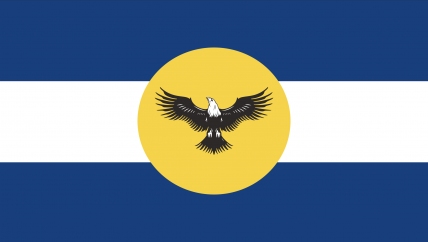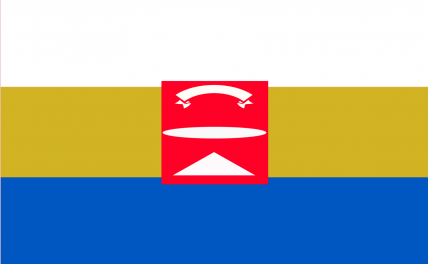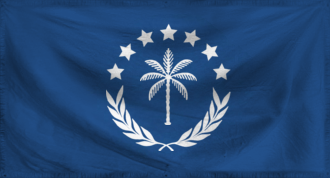Valhapia wrote:Who controls your crisis managment agencies and what government level has final say on what resources go where? Are you a federal state with strong state's rights that requires states to request the feds to come in or are you an authoritarian government who does what it feels it needs at a moment's notice? Who funds these services, how large and numerous are they, and what kinds of taxes go towards their budget? What is the history of your interior services? Have they been used recently? Has your nation faced a disaster or have they been sent to alleviate another nation's pain? What kind of reputation do they have?
Disaster response on a national level is conducted by the Office for Emergency Management, a subsidiary of the Ministry of the Interior. The OfEM conducts operations when aid is requested from local or provincial governments, or when authorized to do so by Parliament. OfEM is funded along with the rest of the national government, through a budget which is passed by Parliament yearly.
OfEM was founded in 1975 following the 1974 Coruka Earthquake and the haphazard response to it by the various agencies in charge of disaster management. It unified all disaster management into a single office, rather than having several offices in a few different ministries overseeing different or overlapping responsibilities regarding disaster responses. Originally, they were solely under the jurisdiction of the Ministry of the Interior and Parliament, meaning that whenever they wanted to give aid to an area, they needed Parliament's permission. This changed under the National Government (Restructuring) Act 1987, which delegated a lot of national government power to the provincial governments, including giving them the power to request aid from OfEM independently.
Recently, OfEM was used to respond to the 2022 forest fires in Valhapia, which saw a rapid containment of the forest fires. OfEM has a reputation of being mostly helpful, but still intrusive as they only seek to prevent damages and rebuild new, rather than consider the history of the area.
Very nice. Besides the strange way you shorten it, (Office of Emergency Management would be OEM. Prepositions are removed from acronyms and are the only words not capitalized in a title), this sounds interesting. What were emergency management systems like before 1975? Were they mostly controlled by cities and provinces or was it really just a haphazard combination of independent national government ministries running emergency management before? If so, it sounds like your nation has a confusing relationship with its national government. The people don't know whether they want it big and caring or small and disunified, nearly intentionally badly run.
Diving into why the government was so badly run before 1975 would be a great way to help characterize your people.





 and others, like the Ipachi, are ancestors to peoples across the region. In this nationbuilding prompt, we will explore one ethnicity and its history in your nation.
and others, like the Ipachi, are ancestors to peoples across the region. In this nationbuilding prompt, we will explore one ethnicity and its history in your nation.









